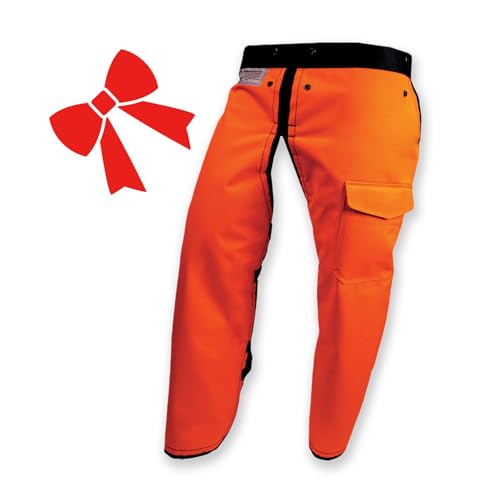Walnut33
ArboristSite Member
I know some of us have the 59 inch bars on our big saws. How do you tension a chain this big? mine often slides out side the bar as its about to enter the sprocket. Also my sprocket is able to move in and out on its shaft. is this normal? Thanks.

























































